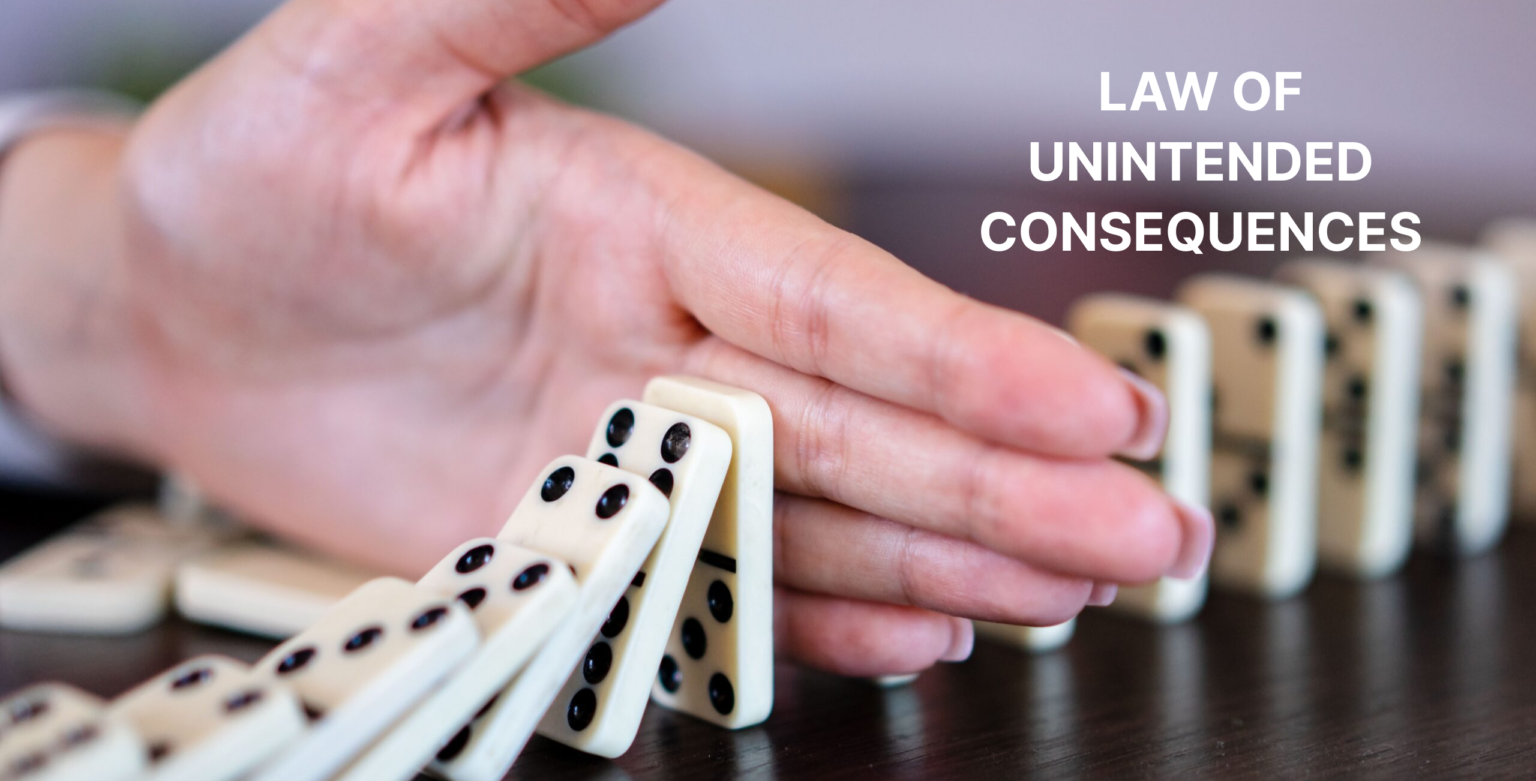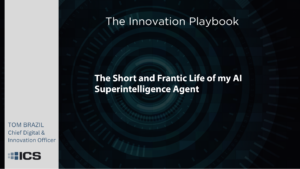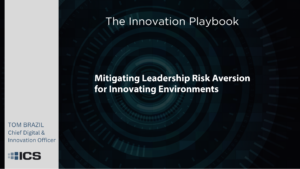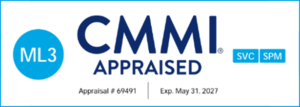
Tom Brazil, CMI-CIO
Chief Digital & Innovation Officer, ICS, Inc.; Chief Innovation Officer, Red Team Engineering
I love just to sit and think. The problem is that there never seems to be enough time to do so. From a business perspective, my CEO recognizes the value of setting aside time to think and even encourages our leadership team to take “Clarity Breaks” – roughly 1-hour periods where we work “on” instead of “in” the business. We go somewhere quiet and write down strategic questions, observations, or challenges that have come to our attention, pulling each thread to see what we will reveal beneath. It is a precious exercise and helps us to use forethought to address risks before they can build into business-impacting concerns.
From a personal perspective, I have realized that the picture is a bit different – at least to me. At home, I am not inclined to ideate as systematically as I do at work. When considering actions unrelated to work, I don’t think about the “process,” “procedure,” “method,” or any of the “systems thinking” that is so effective for creating solutions to problems or challenges at work.
I realized this discrepancy over the past couple of months after I decided to hang a bird feeder off a tree limb next to my back deck. This simple decision – taken without any forethought – resulted in an avoidable calamity. You see, our cats love sitting out on the back deck. Our house is back in the woods, and we have a lot of birds and squirrels for them to watch. It is also an elevated and inescapable deck, so they get the pleasure of being out in nature without us having to worry about predators (or fleas!) I figured that since they love watching the birds, putting a bird feeder up nearby would bring more activity for them to view. Why would I need to think any deeper than that?
Adverse Impacts
However, because I did not think “360 degrees around the problem,” I did not consider adverse impacts. When you put out feed for birds, it brings the birds as expected. Unfortunately, when you keep refilling the bird feeder, it brings an imbalance in the ecosystem.
Who Knew That Caterpillar Poop was a Thing?
For 15 years, we have had moths and butterflies lay their eggs in the trees above our back deck, which of course, resulted in caterpillars – but I never noticed them unless we saw a bird come in and swoop one up. They didn’t survive very long before the bird feeder. After I intervened, the birds – full on the varieties of seed I had been providing – no longer cared to eat the caterpillars that were getting fat munching on the tree leaves above the deck.
What do Caterpillars do when left alone? They eat. They eat more. And they Poop.
A lot.
I am spending this week refurbishing my deck. The time and expense are more than I would like to admit. But, it was all avoidable. Had I executed the same ideation methods I use at work when considering actions to take in my personal life, I could have avoided this. We use a variety of ideation methods at work that ensure we think 360-degrees around a problem; any of them would have forced me to consider adverse consequences as part of the decision making process.
It is a painful and messy lesson to learn, and this week of “vacation” is providing me plenty of time to sit and think about the Law of Unintended Consequences. Ideation is the antidote. Use it early and often for both business and personal issues.
Otherwise, you’ll be spending time discovering the word “frass” means caterpillar poop.






